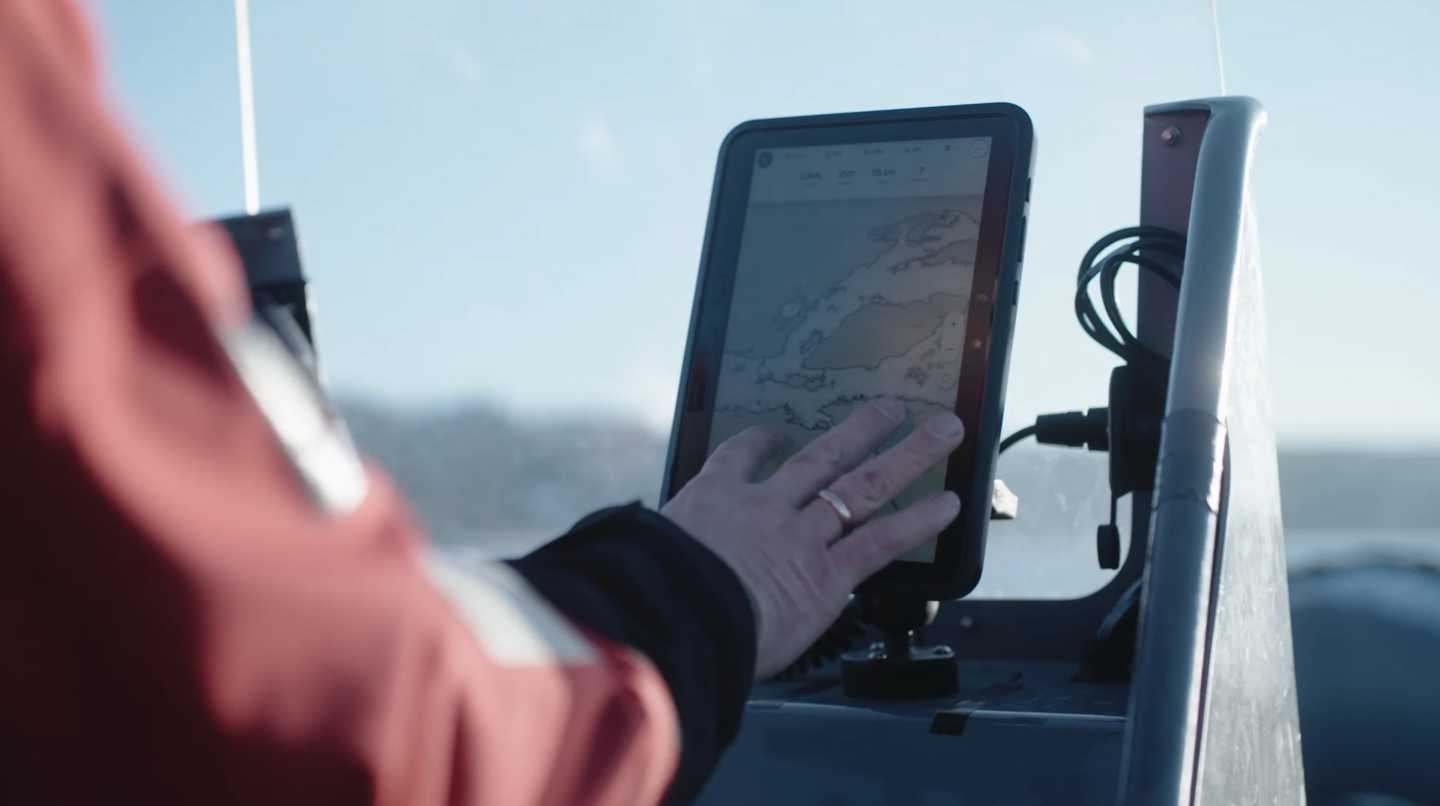All Articles
Introducing Instrument Panels
January 25, 2022 • 2 min read
Some times, all you need is full focus on your instruments.

Orca is designed as a chart-centric navigation system, and until now, instruments have been shown as a small bar above the charts to keep the navigation experience clean and focused.
One of the most requested features has been a fully dedicated instrument screen. We interviewed a lot of our users, and based on their feedback, built the Instrument Panel.
The Instrument Panel is a great tool when you don't need to view chart information. It could be when you are entering a port, you are far offshore, or when you just want to focus on sailing data.
An instrument panel set up for racing – showing a tack from starboard to port. Playback at 10x speed.
Flexibility to meet every challenge
The Instrument Panel is designed with flexibility in mind and fits metric-oriented sailors, boaters who want full insight into every little detail of their boat, and those who just want a clean and focused experience when entering a port.
Select from many layouts, pick the instruments you want, and adjust how you want each instrument to be shown – the options are truly limitless.
A multitude of layouts and instrument sources lets you build the Instrument Panel you need.
For instance, a near-shore sailing setup can be made with a large wind rose, apparent wind angle, and depth instruments. Add a time plot to the wind speed instrument to better keep track of trends.
Wind data is heel and motion-compensated via the Orca Core's built-in motion processor, just as you'd expect from a modern navigation experience.

An instrument panel set up for nearshore sailing with wind and depth information.
Mooring and harbor approaches can be stressful. In situations like this, having large, easy-to-read instruments makes life easier.
For these approaches, we often use rudder angle, depth, and speed through water as our main instruments in a 3-up layout. With this setup, a quick glance at the screen gives you just the information you need so you can get back to focusing on the environment.

A clean and simple setup to focus on rudder position and high-accuracy navigation.
Thousands of peripherals work with Orca
Adding digital instrumentation to your boat is easy with Orca – and the extra redundancy and flexibility make navigation easier and safer.
Orca connects to thousands of peripherals, from transducers to wind sensors and engine gateways via NMEA 2000. Just connect the Orca Core to your NMEA 2000 network and open the Orca App on your tablet, phone, or your Orca Display. It is that easy.
Wondering if your boat's electronics are supported? Reach out to hello@getorca.com and our expert team will guide you.
Best,
the Orca team






